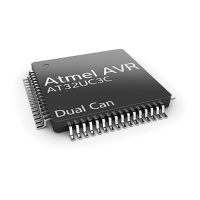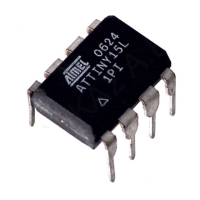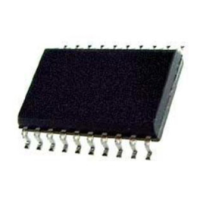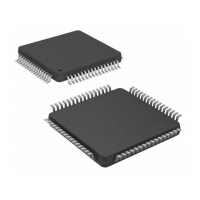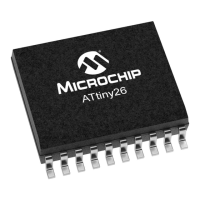56
8331B–AVR–03/12
Atmel AVR XMEGA AU
Figure 5-2. DMA transaction.
5.4 Transfer Triggers
DMA transfers can be started only when a DMA transfer request is detected. A transfer request
can be triggered from software, from an external trigger source (peripheral), or from an event.
There are dedicated source trigger selections for each DMA channel. The available trigger
sources may vary from device to device, depending on the modules or peripherals that exist in
the device. Using a transfer trigger for a module or peripherals that does not exist will have no
effect. For a list of all transfer triggers, refer to ”TRIGSRC – Trigger Source” on page 65.
By default, a trigger starts a block transfer operation. When the block transfer is complete, the
channel is automatically disabled. When enabled again, the channel will wait for the next block
transfer trigger. It is possible to select the trigger to start a burst transfer instead of a block trans-
fer. This is called a single-shot transfer, and for each trigger only one burst is transferred. When
repeat mode is enabled, the next block transfer does not require a transfer trigger. It will start as
soon as the previous block is done.
If the trigger source generates a transfer request during an ongoing transfer, this will be kept
pending, and the transfer can start when the ongoing one is done. Only one pending transfer
can be kept, and so if the trigger source generates more transfer requests when one is already
pending, these will be lost.
5.5 Addressing
The source and destination address for a DMA transfer can either be static or automatically
incremented or decremented, with individual selections for source and destination. When
address increment or decrement is used, the default behaviour is to update the address after
each access. The original source and destination addresses are stored by the DMA controller,
and so the source and destination addresses can be individually configured to be reloaded at
the following points:
• End of each burst transfer
• End of each block transfer
• End of transaction
• Never reloaded
5.6 Priority Between Channels
If several channels request a data transfer at the same time, a priority scheme is available to
determine which channel is allowed to transfer data. Application software can decide whether
Four-byte burst mode Block size: 12 bytes Repeat count: 2
Burst transfer Block transfer
DMA transaction
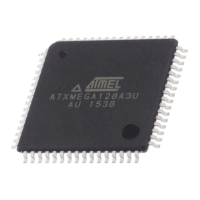
